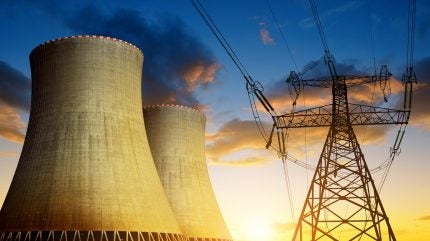
Vietnam is set to enhance its power generation capacity by 2030 by focusing on renewable energy and re-introducing nuclear power under the country’s newly amended national power plan, which outlines an investment of $136.3bn.
The investment, equating to more than a quarter of Vietnam’s 2024 GDP, is aimed at reducing coal reliance, which currently dominates its energy mix, as reported by Reuters.
The government aims to increase its installed capacity from more than 80GW in 2023 to between 183GW and 236GW by 2030.
This expansion includes a revival of nuclear power, with the first plants expected to be online between 2030 and 2035, providing up to 6.4GW. By mid-21st century, an additional 8GW is planned.
Vietnam’s nuclear programme, suspended in 2016 due to the Fukushima disaster and budget constraints, is being reconsidered.
The government is exploring small modular reactors, which the International Atomic Energy Agency notes are still developing but potentially more cost-effective than large reactors.
Vietnam is engaging with foreign partners Russia, Japan, South Korea, France and the US for nuclear projects.
Korea Electric Power has expressed interest, with its chief visiting Vietnam recently. Vietnam is prioritising Russian and Japanese contractors but remains open to competitive offers.
Vietnam and Russia signed a nuclear energy agreement in January 2025 during Russian Prime Minister Mikhail Mishustin’s visit to Hanoi – a significant step in reviving Vietnam’s nuclear programme.
The national power plan also targets solar power to constitute between 25.3% and 31.1% of capacity by 2030, up from 23.8% in 2020. Wind energy is expected to rise to 14.2% and 16.1% from almost zero.
Coal-fired plants will decrease to between 13.1% and 16.9%, while liquefied natural gas plants will account for between 9.5% and 12.3% of capacity.
Offshore wind energy is set for between 6GW and 17GW between 2030 and 2035, though no facilities have yet been built.



